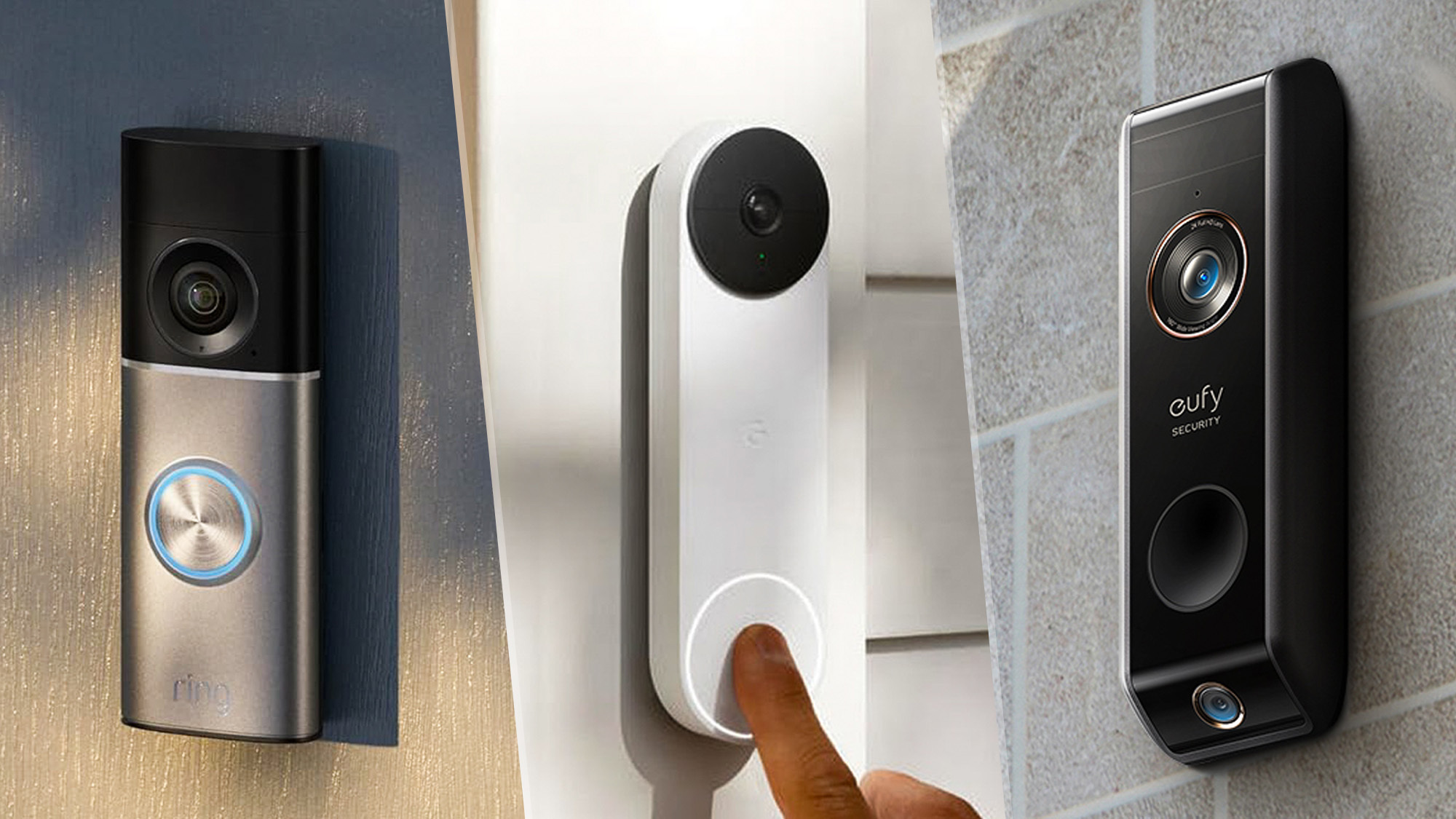I test TVs for a living and I'd happily pay more for this one feature — but it isn't OLED
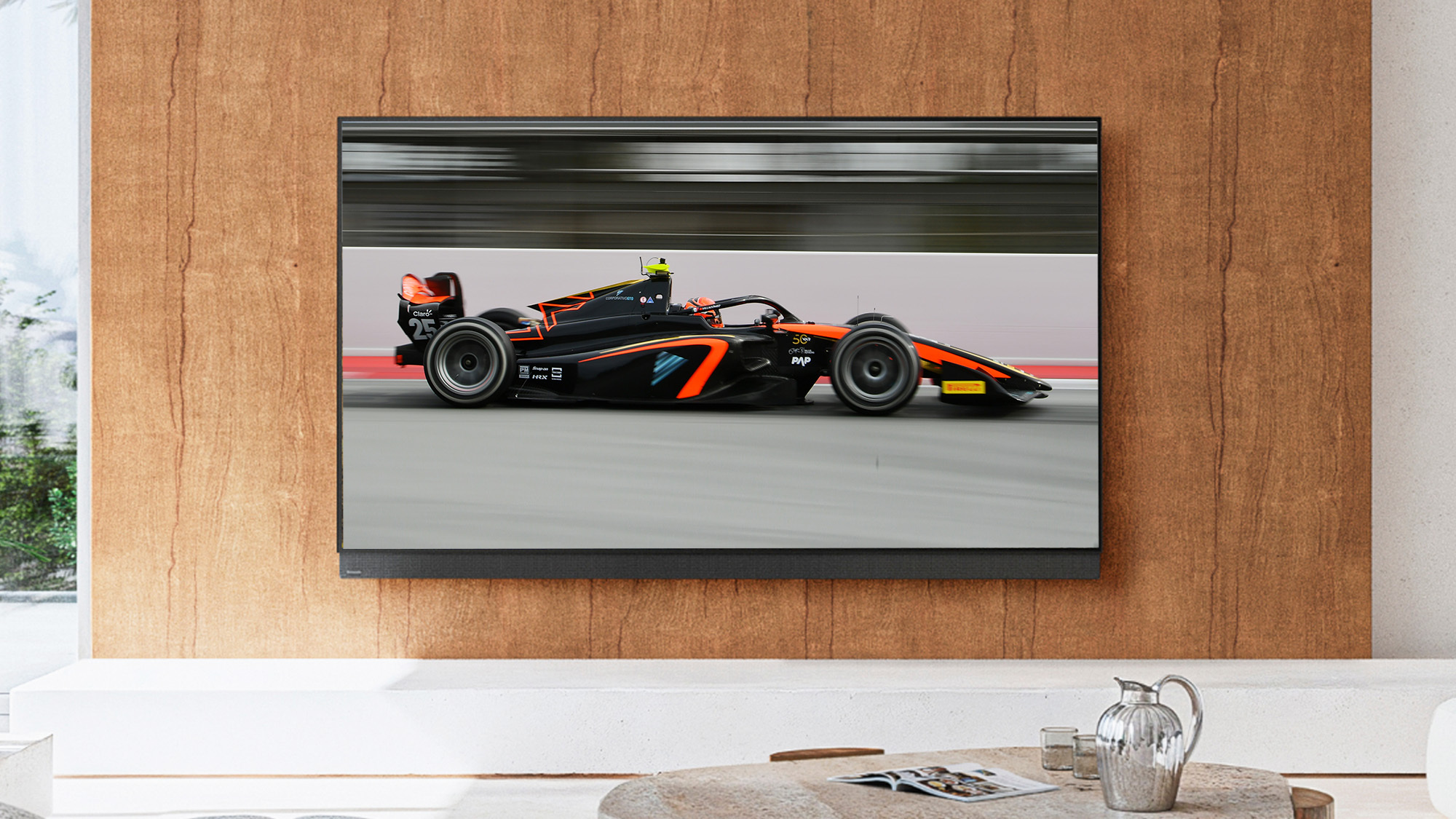
TVs have come so far in the last decade. These days, we've got OLED TVs with higher levels of brightness, Mini-LED backlights in budget LCD TVs, and companies like Samsung and Hisense pushing the boundaries with their new Micro RGB TVs.
Unfortunately, despite all these advancements in display technology, TV makers are still skimping on internal speaker systems, leaving a lot to be desired in the audio department. It's one of the most common complaints we have in our TV reviews, even on some of the best TVs.
It's a total shame. If you're already paying over $1,000 for a TV, audio performance should be just as important as picture performance. While some TV makers are putting in the effort, like Panasonic, Sony, and Hisense, more should follow suit.
Sound is improving... slowly
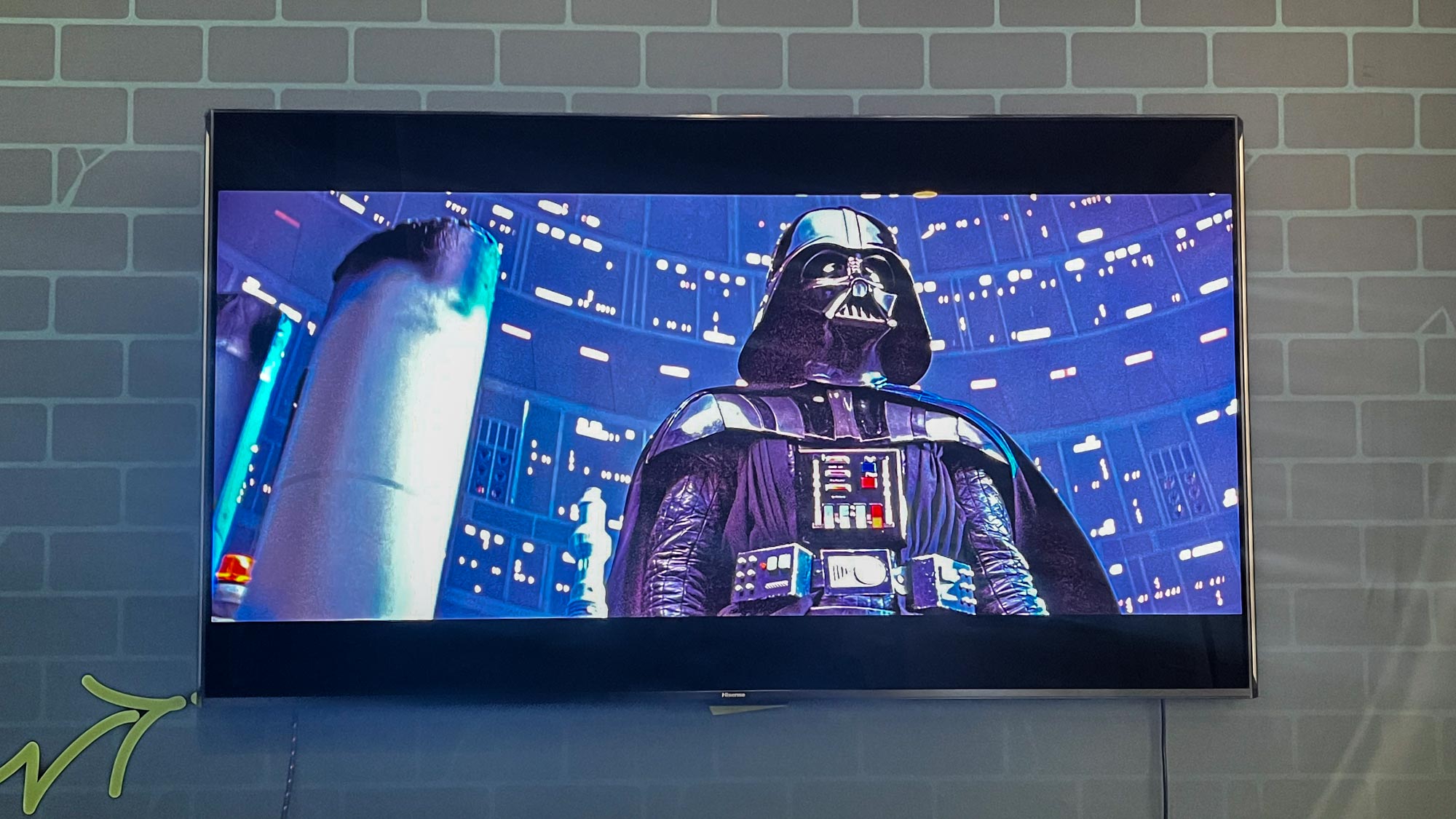
Before I complain too much, I want to at least acknowledge that there are some manufacturers who are upping the ante when it comes to their built-in speakers.
Case in point is the brand new Panasonic Z95B OLED TV. Panasonic stripped away the internal design on its predecessor and reworked everything from heat ventilation to speaker placement so that the audio could truly perform at its peak.
It's pretty ingenious when you look at its underlying design. The up-firing and side-firing speakers are positioned closer to the top of the frame and wider apart, allowing for a wider soundstage. It's also equipped with a 30W subwoofer, which isn't particularly common on most TVs, as they will usually add to the overall weight.
While the Hisense U8QG is a definitive highlight for bombastic audio, last year's Hisense U9N Mini-LED TV is also a notable for its side-firing speakers built directly into the TV.
Hisense also hasn't skimped on its audio design, adding punchy subwoofers to its displays. While the Hisense U8QG is a definitive highlight for bombastic audio, I think last year's Hisense U9N Mini-LED TV is also a notable entry here, not just for its subwoofer but also for its side-firing speakers built directly into the TV.
Get instant access to breaking news, the hottest reviews, great deals and helpful tips.
These angled, side-mounted speakers not only look cool, but gives the TV punchy, realistic sound. The speakers are kitted with an aluminum bezel and positioned in such a way that allow sound to be emitted directly toward the viewer, showing that audio performance for Hisense is just as important as picture quality in the design of its displays.
The problem with TV speakers
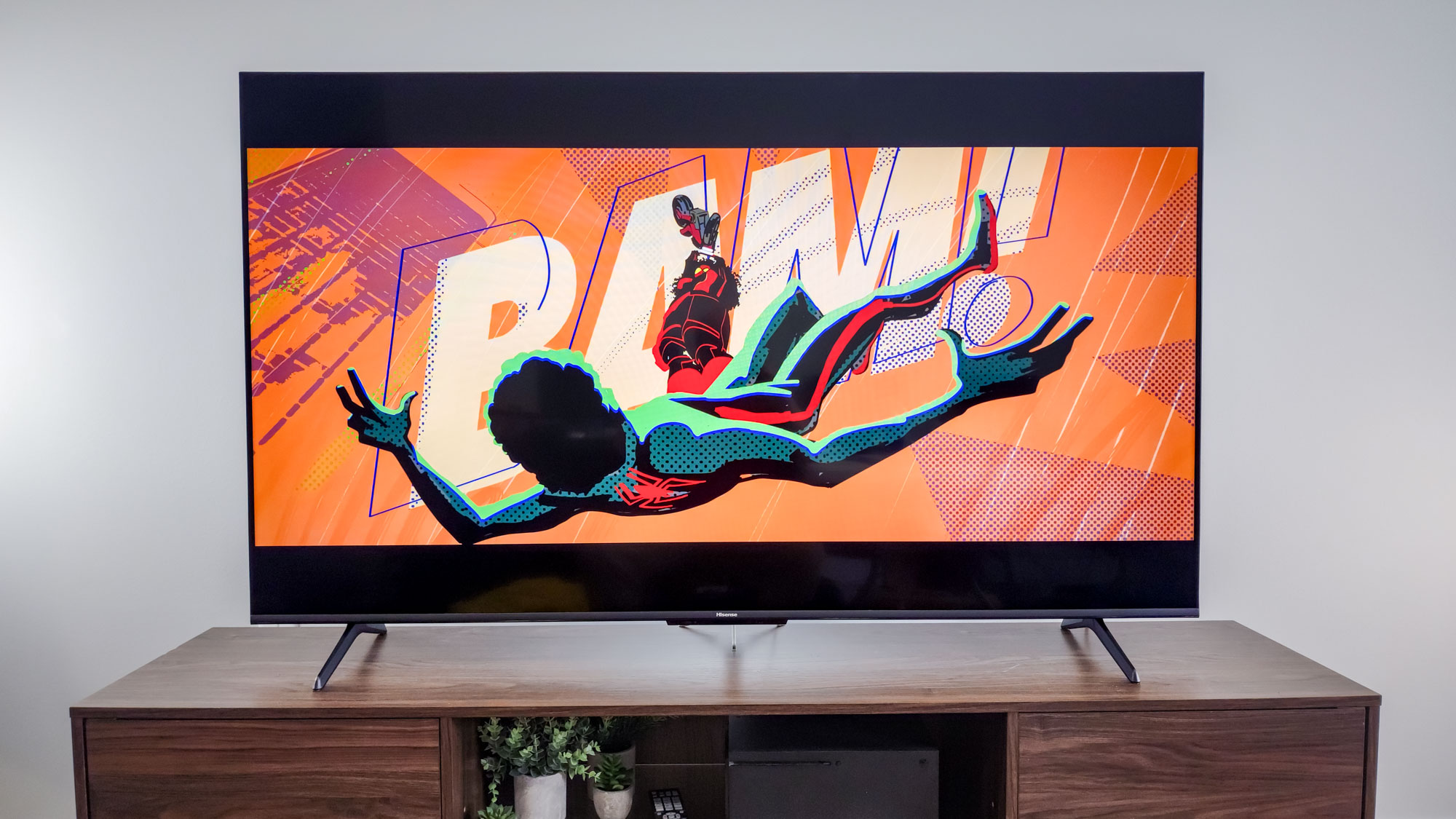
OK, now that we've talked about the innovators, let's talk about the problem with TV speakers: Most of the time, they're underpowered and sound awful.
Manufacturers can do a lot with Digital Signal Processing (DSP) and beam-forming, but when the whole system is powered by two-inch 10W drivers, there's just not enough power there to drive immersive-sounding audio.
Sure, these TVs can technically decode Dolby Atmos, but there's no way you're going to hear nuanced spatial audio with a two-channel 10W speaker setup.
What's particularly egregious is when you see manufacturers slapping Dolby Atmos stickers on the boxes of their TVs with the 10W speakers. Sure, these TVs can technically decode Dolby Atmos (and hopefully pass it to a soundbar or AV receiver), but there's no way you're going to hear nuanced spatial audio with a two-channel 10W speaker setup.
I'm not calling out anyone in particular here, but most budget QLED and QNED TVs fall into this category.
Maybe we should do away with speakers altogether
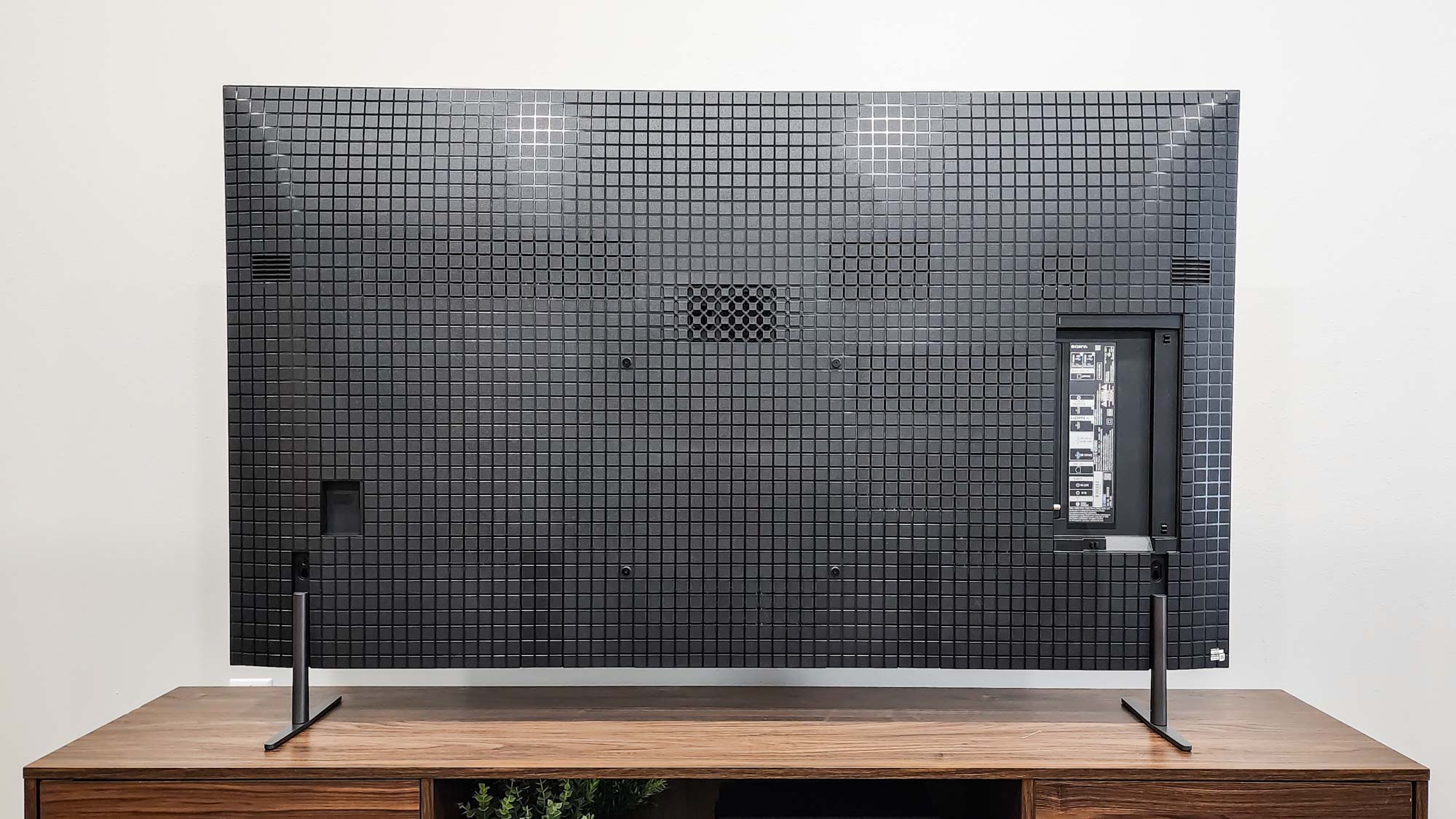
I know, it sounds crazy, but hear me out.
Sony makes some of the best OLED TVs, so it should come as no surprise that Sony has some great-sounding TVs, too. And that's largely due to their design, which uses a special feature called Acoustic Surface Audio+.
Sony TVs with this feature, like the Bravia 8 II OLED, have special actuators placed behind the screen that vibrate the panel for added effects that are dynamically connected with what's visualized on the screen. They also are equipped with two subwoofers for even punchier, grittier audio that you can literally feel.
Acoustic Surface Audio+ is the beating heart of what makes Sony TVs some of the best in terms of audio functionality. You can even connect compatible speaker systems, like the Sony Bravia Theater Quad, and use the TV as a center speaker, which is pretty neat.
Not everyone needs to follow suit (Acoustic Surface Audio actually requires an OLED display to function properly) but Sony's showing that it's possible to think outside of the box to deliver great sound.
The pushback

So what's the downside of better audio in TVs? Unfortunately, the reason most manufacturers opt for low-quality speakers is to save on cost.
And I get that. Picture quality should be the top priority. There are ways of amplifying the TV audio but there's no way to significantly boost picture quality once you've purchased your TV.
If you're buying a TV that costs several thousand dollars, chances are that you're also buying (or already bought) one of the best AV receivers and paired it with compatible speakers and a subwoofer. That's the end-goal for AV enthusiasts.
Unfortunately, in this economy, not everyone wants to spend several thousand dollars on this kind of setup. Even full soundbar systems can be pretty expensive. Our top-rated soundbar, the Sonos Arc Ultra, costs $1,000. Add that with a Sonos subwoofer and two Era 100 speakers, and you're looking at spending over $2,000 just on your amplified speaker array — about as much as a 65-inch Samsung S90F OLED TV on Amazon.
This is exactly why I'm loving how TV brands like Panasonic and Hisense are thinking outside of the box when it comes to TV audio. TV speaker systems should compliment the display. Sound is, after all, an important facet to our entertainment.
The compromise? Better-sounding built-in speakers that add a nominal cost. If it saves me having to spend over $500 on a discrete system (and time setting it all up, too), I'm more than willing to spend that extra cash for better TV audio.
More from Tom's Guide
- I just tested the Hisense U8QG Mini-LED TV and it’s a brightness star
- This is the one setting on your HDR TV most people don't know about — here's how to tweak it
- I’ve set up hundreds of TVs in my career — here are 6 mistakes people make when setting up a new TV

Ryan Epps is a Staff Writer under the TV/AV section at Tom's Guide focusing on TVs and projectors. When not researching PHOLEDs and writing about the next major innovation in the projector space, he's consuming random anime from the 90's, playing Dark Souls 3 again, or reading yet another Haruki Murakami novel.
You must confirm your public display name before commenting
Please logout and then login again, you will then be prompted to enter your display name.
